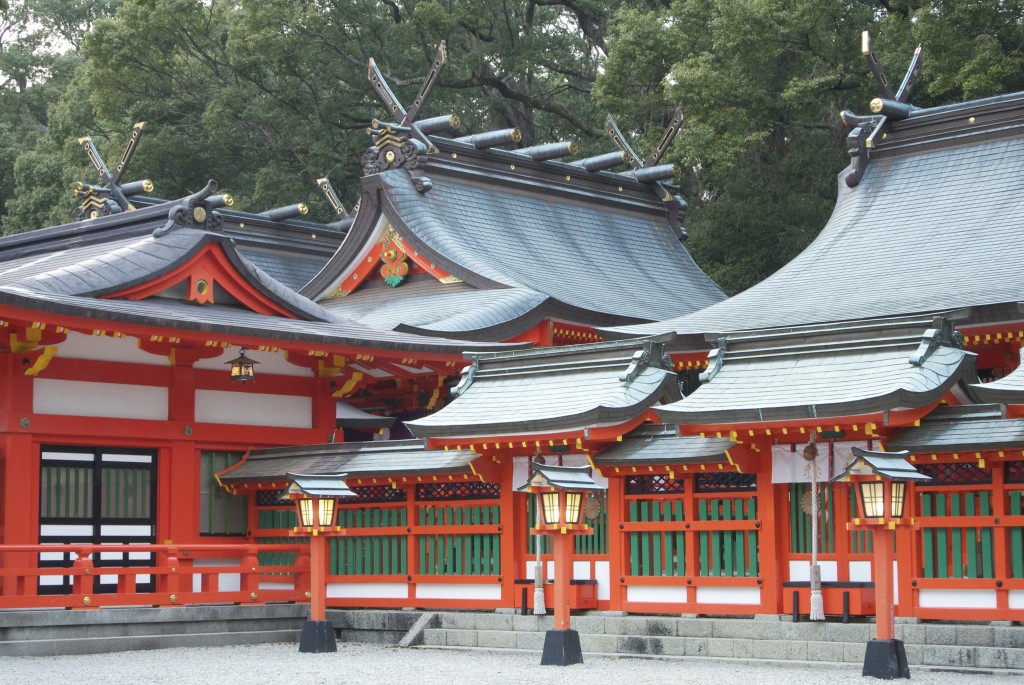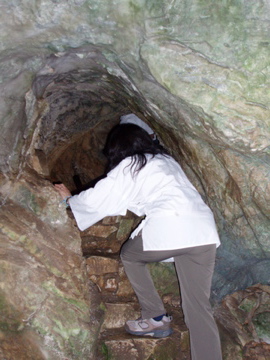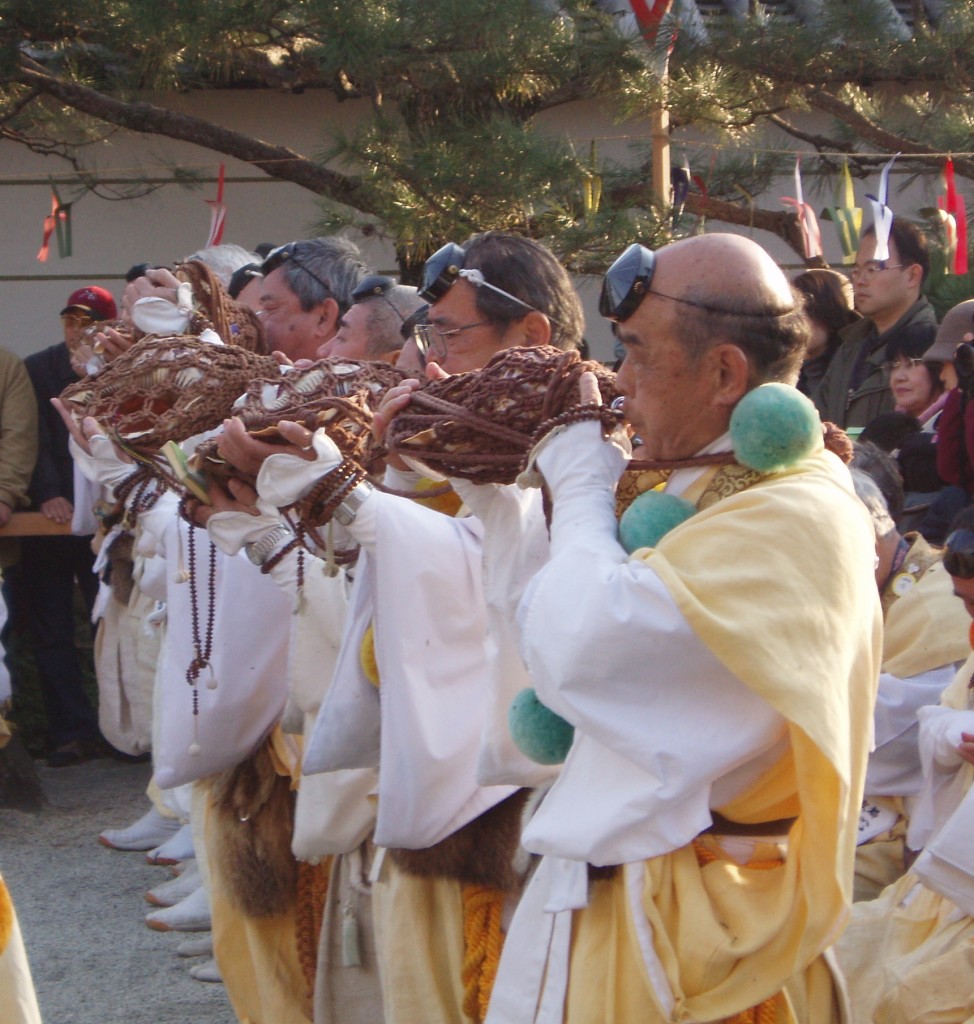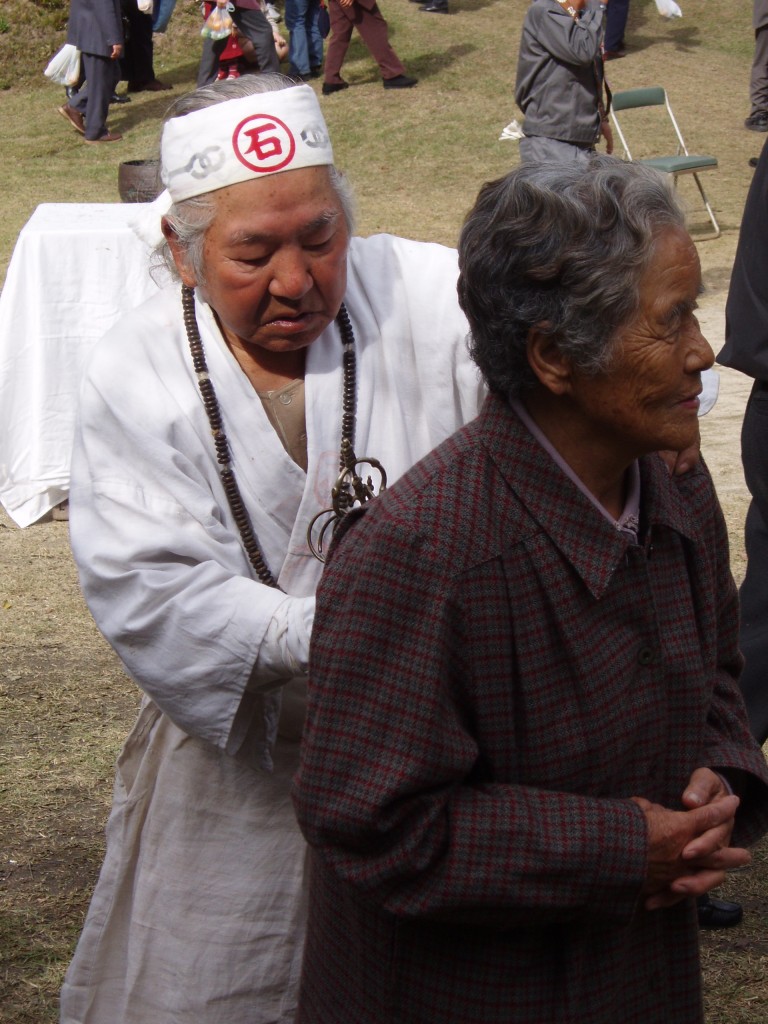
In surveys about the quality of life, Toyama Prefecture is always near the top, thanks to the prosperity and pleasant environment. The town is located by the side of a bay, with spectacular views of the Japan Alps. The combination of sea and mountains means the fish is fresher, the air cleaner and the water clearer than pretty much anywhere in Japan.
Apart from the castle, the shrines and the temples, there are any number of well-endowed art galleries and culture halls, which owe themselves to a generous level of funding derived from the prefecture’s industries – pharmaceuticals, electronic parts and metal products. The town’s leading attraction is a Glass Art Museum, housed in a light and airy building worth seeing in itself. Designed by famous architect, Kengo Kuma, the building is shared with the city library, which explains the number of visitors who carry books and never show up in the museum. The exhibitions can be dazzling, but the highlight is invariably the spectacular Glass Art Garden by master artist, Dale Chihuly. Even those uninterested in glass tned to be wowed.
The prefecture’s Mt Tateyama is one of Japan’s ‘three holy mountains’ (together with Fuji and Hakusan). At the top, a Shinto priest waves a purification stick over bowed heads. In my early days in Japan this was puzzling to me, so I asked the priest to explain. ‘You pay me money and I purify you,’ he said. ‘I see,’ I replied, ‘but is there something more? For example, rules on how to behave in everyday life.’ There was a short pause. ‘Yes,’ came the answer, ‘you pay me and I purify you.’
At the time I thought the answer amusing. Later, as I came to understand more about primal religions, I realised he was right. The concern is not with morality, but with harmonising with the spirit world. Whereas the material world is characterised by disease and decay, the spirit world is free of taint. Pure purity, in other words. The waving of the magic wand is the Japanese acknowledgement of what Arthur Koestler called ‘the ghost in the machine’, the animating spirit that lies within the physical body. Here at the top of the mountain the priest was evoking oneness with the universe.





